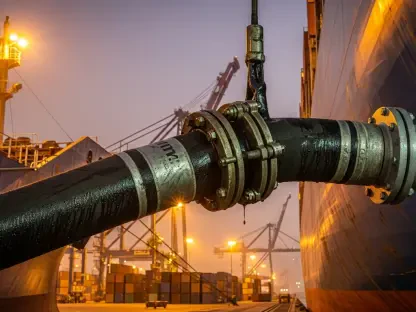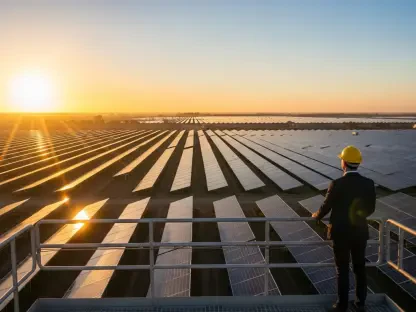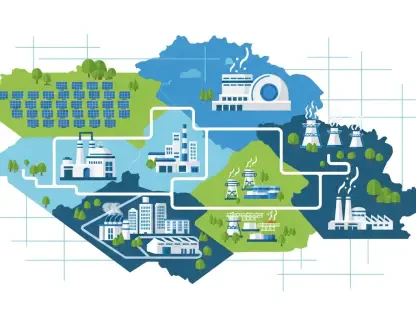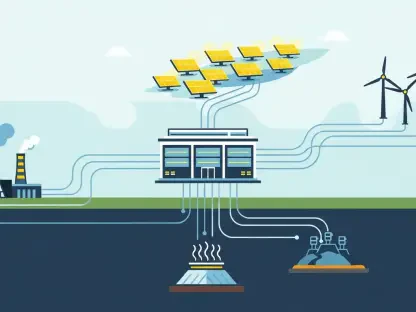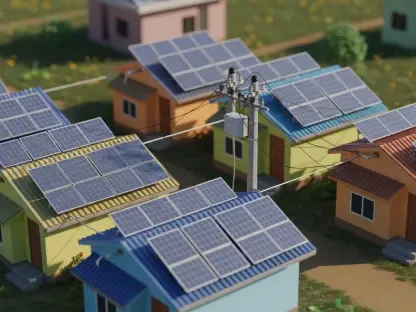The U.S. liquefied natural gas market witnessed a notable shift as facility maintenance led to a decline in exports, affecting trade dynamics on a global scale. In June, U.S. exports dropped to 8.4 million metric tons from a previous high of 9.3 million metric tons in April. This change impacted the country’s status as a key player in international LNG trade. The analysis will explore the implications of this adjustment and forecast the U.S.’s strategic moves amidst changing global markets.
Navigating the Current U.S. LNG Landscape
U.S. LNG exports have been on an expanding trajectory due to technological advancements like fracking and strategic investments. The rise in export capabilities has allowed the U.S. to position itself as a leading energy provider. The origins of this growth lie in innovations and infrastructure investments in export facilities, which have bolstered the capacity to meet international demand. Understanding this history highlights the achievements and future potential influencing the ongoing market trends.
Impacts of Scheduled Maintenance
Cheniere’s Sabine Pass and Corpus Christi plants, along with Cameron LNG, underwent planned maintenance, temporarily reducing output. This scheduled maintenance, though vital for operational efficiency, posed immediate challenges for export volumes. Technical complexities involved in aligning maintenance with trade needs underscore the strategic importance of infrastructure renewal. Maintaining facility readiness while meeting international commitments involves careful balancing and adaptive foresight.
European Dominance and Asian Market Trends
Europe maintained its demand for U.S. LNG despite a slight decrease from May, illustrating 66% of all exports to the continent. This is a result of geopolitical tensions influencing energy choices, thereby sustaining Europe’s reliance on American natural gas supplies. Conversely, Asia showed lower demand due to economic growth hurdles and trade tensions, yet potential arbitrage opportunities arose from higher gas prices. Observing such market contrasts is pivotal in discerning how geopolitical realities shape LNG preferences and trade routes.
Regional Demand Fluctuations
Latin American nations have increased LNG imports, driven by environmental factors like colder temperatures and prevailing gas shortages. Argentina emerged as a significant buyer. Meanwhile, emerging LNG deals with Asian buyers suggest future growth indicators, opening pathways for market expansion albeit present economic barriers. Forecasting such shifts requires adaptive strategies to navigate these multilayered market evolution scenarios effectively.
Emerging Trends and Technological Innovations
Technological progress in liquefaction processes and transportation systems offers promising avenues for cost reductions and export efficiency improvements. Economic elements, including trade policy shifts and environmental regulations, promise to transform market dynamics. The amalgamation of these changes presents both opportunities and challenges, urging countries to recalibrate energy independence and climate objectives, ultimately affecting future LNG export strategies.
Strategic Insights and Future Directions
Businesses must embrace facility upgrades and foster flexible trade partnerships to manage cyclical maintenance challenges. Technological advancement and constant market monitoring will bolster competitive positioning. For consumers and reliant countries, comprehending trade dynamics aids in crafting informed energy policies. Anticipating future trends facilitates sustainable strategic planning in the LNG sector.
Despite fluctuations, U.S. LNG exports have remained a dominant force in the global energy scene. Facility maintenance and regional demands have continually influenced this sphere, keeping its role central to global energy security. The emphasis on adaptability and foresight remains crucial for stakeholders aiming to leverage emerging prospects and navigate the ever-evolving energy landscape with resilience and strategic vision.


